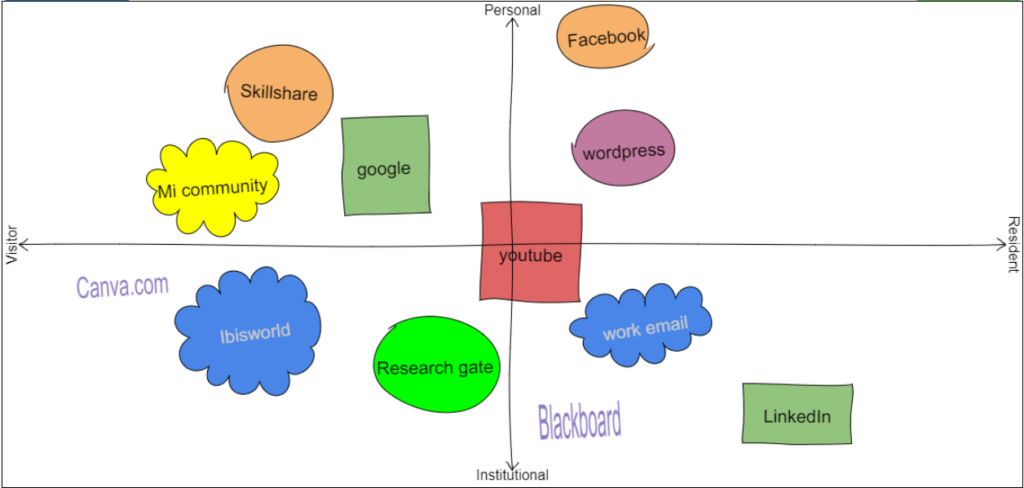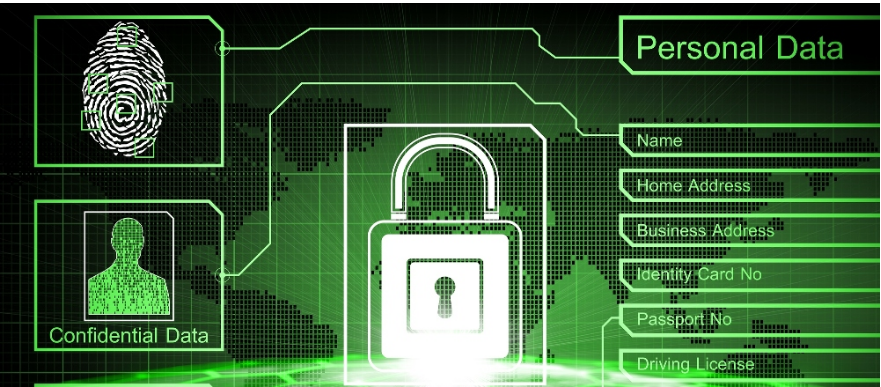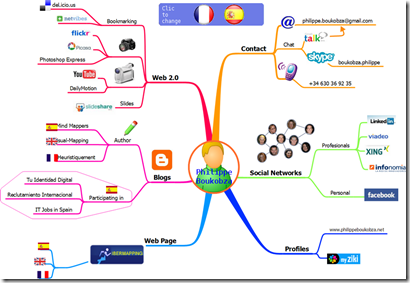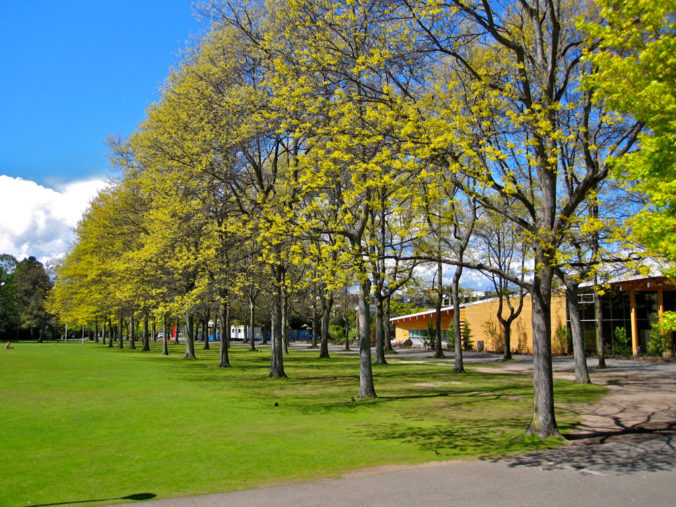During week 4, we did a comparisson between personal and a professional digital identity. We also discussed social media privacy, ethic, and data security and performed a personal privacy mapping. We also discussed various contexts of social media use. The mapping includes personal versus institutional continuum on one side and visitor versus resident on the other side. These activities helped me to determine my engagement with the web and technology. In the visitor mode, digital spectrums are used without leaving social traces behind and once the intended task is completed, the tool is discarded. In the resident mode, the goal is to establish social media presence and connect with people, a relationship that leaves many social traces (Regan & Jesse, 2019). Figure 1 is a mapping of my social media engagement.

Another important part is whether social media is used for personal or institutional context. In the personal context, the language and interactions are mainly non-formal (White, 2017). However, formalities are observed in the institutional context. For example, when I use the work email, LinkedIn, and the blackboard, I have to observe all formalities pertaining to that institution. At times, I am a resident as I leave a few social traces behind. I use google, Mi community, and skillshare as a visitor and in personal context. Research sites such as research gate and ibisworld are used in the institutional and visitor context. However, Facebook, wordpress, and youtube are highly interactive and leave many social traces.
The digital identity also matters in any PLN. As part of learning activities, I undertook a privacy quiz that helped me to navigate my behavior on social media that relate to my privacy, security, and ethical code. This will help me to protect my privacy, data, and observe ethics when using social media for interactive learning and other social media use contexts.
References
The Digital Visitor and Resident Continuum White. D. (2017). V and R Mapping. Retrieved from http://daveowhite.com/vandr/vrmapping/
Privacy, Ethics & Security in Digital Spaces Developing Awareness of Privacy. https://digitaltattoo.ubc.ca/quizzes/privacy-and-surveillance/ Regan, P., & Jesse, J. (2019).
Visitor & Resident Maps http://experimental.worldcat.org/vandrmapping/signIn





Recent Comments